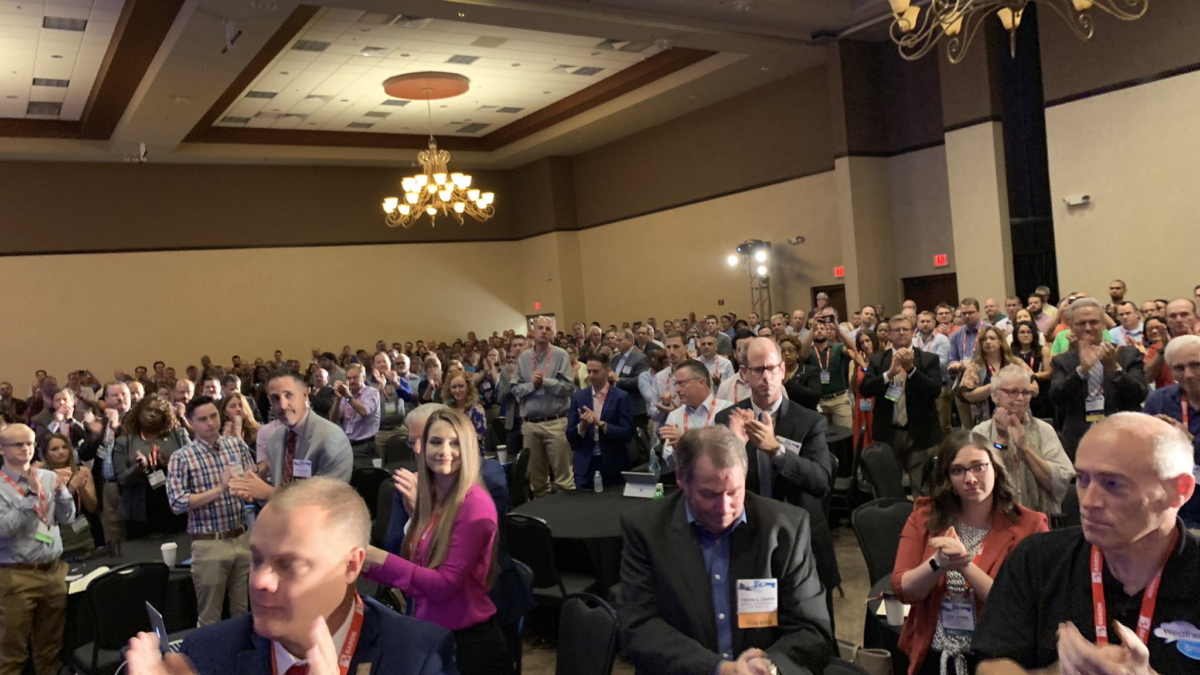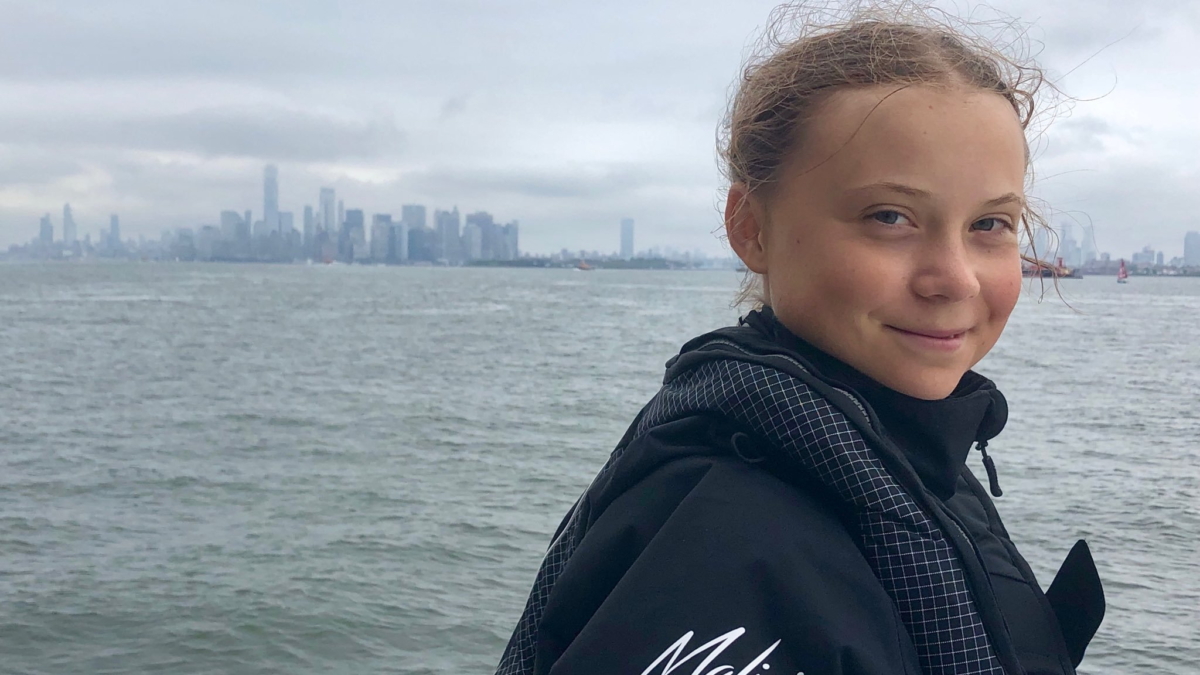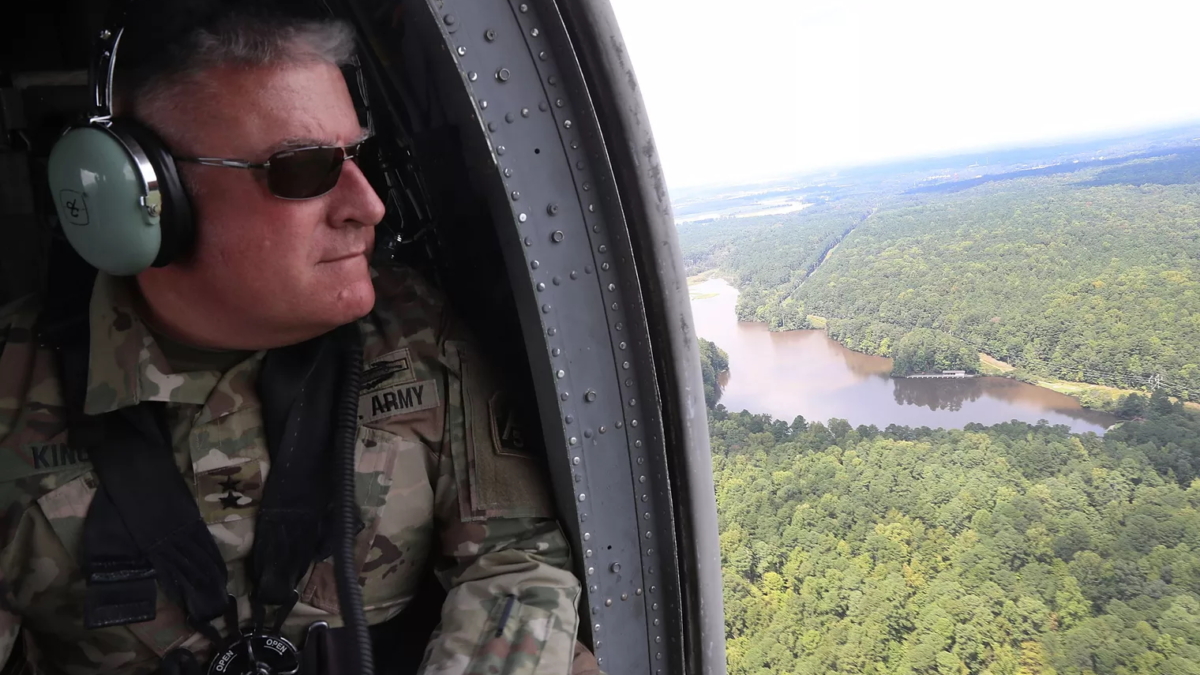The Amazon hasn’t stopped burning. There were 19,925 fire outbreaks last month, and “more fires” are in the future – “The government is looking to promote mining and ranching in the Amazon”
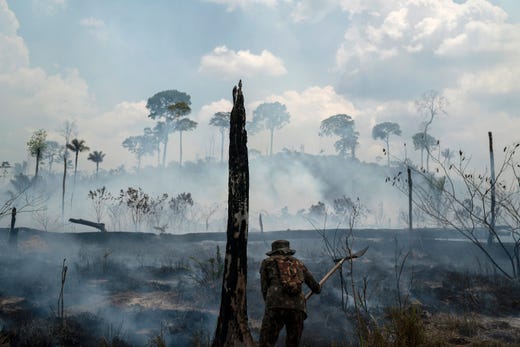
By Jorge L. Ortiz
18 October 2019
(USA Today) – The proliferation of fires in the Amazon rainforest drew international attention in August, especially when French President Emmanuel Macron called for urgent action.
Since then, the eyes of the world have shifted elsewhere as House Democrats launched an impeachment inquiry against President Donald Trump, Hurricane Dorian leveled large swaths of the Bahamas, a Brexit deal was left for dead and revived, and U.S. troops pulled out of northern Syria.
Meanwhile, the Amazon continued to burn.
The number of fires decreased by 35% in September, but experts say this is merely a slowdown in a crisis with global repercussions.
There were still 19,925 fire outbreaks in September on the Brazilian part of the rainforest, which accounts for nearly 65% of the Amazon basin. Moreover, through the first nine months of the year, the number of fires soared by 41% compared to the same period in 2018, Brazil’s National Institute for Space Research (INPE) reported.
What we’re going to see next year is more deforestation and more fires, and continued government policies, either through omission or direct action, to promote deforestation and create a culture of impunity for those who do deforest or take other kinds of actions that are detrimental for the Amazon.
Emilio Bruna, professor of tropical ecology at the University of Florida
“The factors that led to such widespread fires in the first place—decreased enforcement of forest law, illegal deforestation for agriculture and invasion of indigenous territories—remain in place,” said Nigel Sizer, chief program officer for the advocacy organization Rainforest Alliance. “It is good news that there are fewer fires in the Amazon right now, but this is a short-term respite from the larger problem.”
That problem centers on deforestation through the systematic chopping down of trees, which are either logged or burned, mostly to convert the land for raising cattle and growing crops. The practice has expanded from a small scale to an industrial production, leading to about 20% of the Brazilian Amazon being cleared since 1970.
Deforestation had diminished for nearly a decade as a result of enhanced law enforcement, an increase in protected areas and environmental activism, but the trend in Brazil has reversed course. There has already been more deforestation in 2019—upwards of 8,000 square kilometers, according to INPE—than at any point since 2008. […]
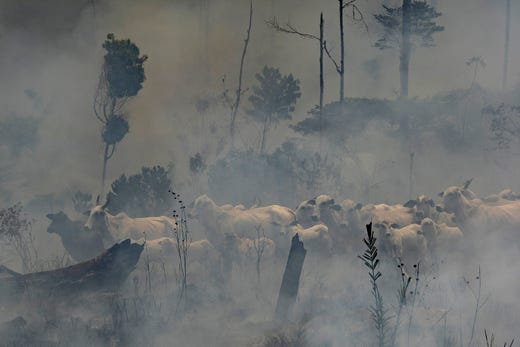
Bolsonaro argued in August that the fires were merely part of the yearly queimada, the farmers’ practice of burning old vegetation to prepare the land for the next planting. However, aerial photos demonstrated the fires were linked to deforestation.
Observers expect them to resume, pointing out it took an international outcry for Bolsonaro to intervene. The far-right politician came into power in January with the expressed intent of boosting the economy any way possible.
“There was an explicit message that started during the campaign and has carried through to the present day that the Amazon was open for business,” said Emilio Bruna, professor of tropical ecology at the University of Florida. “The government was looking to promote mining and ranching in the Amazon.”
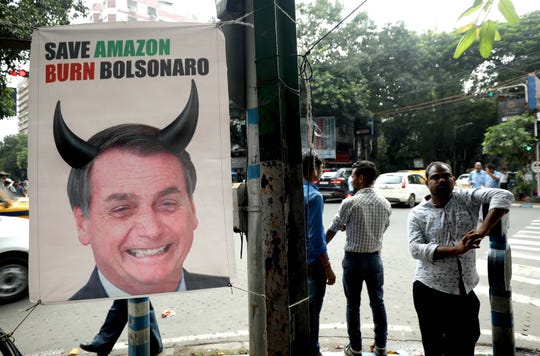
Those efforts have included putting a stop to new demarcations of indigenous territory, which would make that land available for commercial purposes. Indigenous reserves make up about 25 percent of the Brazilian Amazon, acting as a de facto environmental protection.
Bruna said attempts at taking away land rights held by indigenous communities have involved intimidation and acts of violence. He and Sizer fear that without constant vigilance and pressure from the international community, the assault on the Amazon will continue.
“What we’re going to see next year is more deforestation and more fires,” Bruna said, “and continued government policies, either through omission or direct action, to promote deforestation and create a culture of impunity for those who do deforest or take other kinds of actions that are detrimental for the Amazon.” [more]
